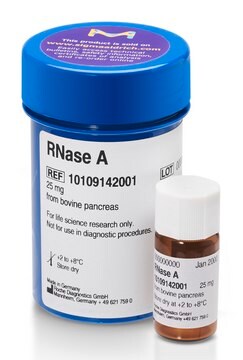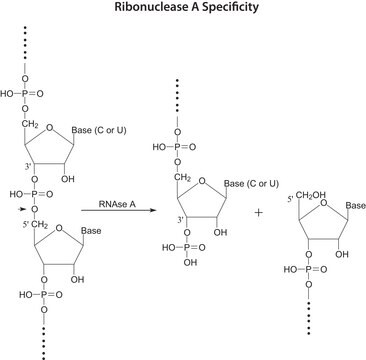537059
Propidium Iodide
Membrane impermeable DNA intercalator.
Synonym(s):
Propidium Iodide
About This Item
Recommended Products
Quality Level
form
solid
manufacturer/tradename
Calbiochem®
storage condition
OK to freeze
protect from light
color
dark red
input
sample type intact cells
fluorescence
λex ~536 nm
λem ~617 nm
shipped in
ambient
storage temp.
2-8°C
InChI
1S/C27H33N4.2HI/c1-4-31(3,5-2)17-9-16-30-26-19-22(29)13-15-24(26)23-14-12-21(28)18-25(23)27(30)20-10-7-6-8-11-20;;/h6-8,10-15,18-19,29H,4-5,9,16-17,28H2,1-3H3;2*1H/q+1;;/p-1
InChI key
XJMOSONTPMZWPB-UHFFFAOYSA-M
General description
Biochem/physiol Actions
Membrane impermeable DNA intercalator
Warning
Preparation Note
Reconstitution
Other Notes
Crompton, T., et al. 1992. Biochem. Biophys. Res. Commun. 183, 532.
Darzynkiewicz, Z., et al. 1992. Cytometry13, 795.
de Caestecker, M.P., et al. 1992. J. Immunol. Methods154, 11.
Pollice, A.A., et al. 1992. Cytometry13, 432.
Legal Information
Signal Word
Warning
Hazard Statements
Precautionary Statements
Hazard Classifications
Muta. 2
Storage Class Code
11 - Combustible Solids
WGK
WGK 3
Flash Point(F)
Not applicable
Flash Point(C)
Not applicable
Certificates of Analysis (COA)
Search for Certificates of Analysis (COA) by entering the products Lot/Batch Number. Lot and Batch Numbers can be found on a product’s label following the words ‘Lot’ or ‘Batch’.
Already Own This Product?
Find documentation for the products that you have recently purchased in the Document Library.
Customers Also Viewed
Our team of scientists has experience in all areas of research including Life Science, Material Science, Chemical Synthesis, Chromatography, Analytical and many others.
Contact Technical Service









